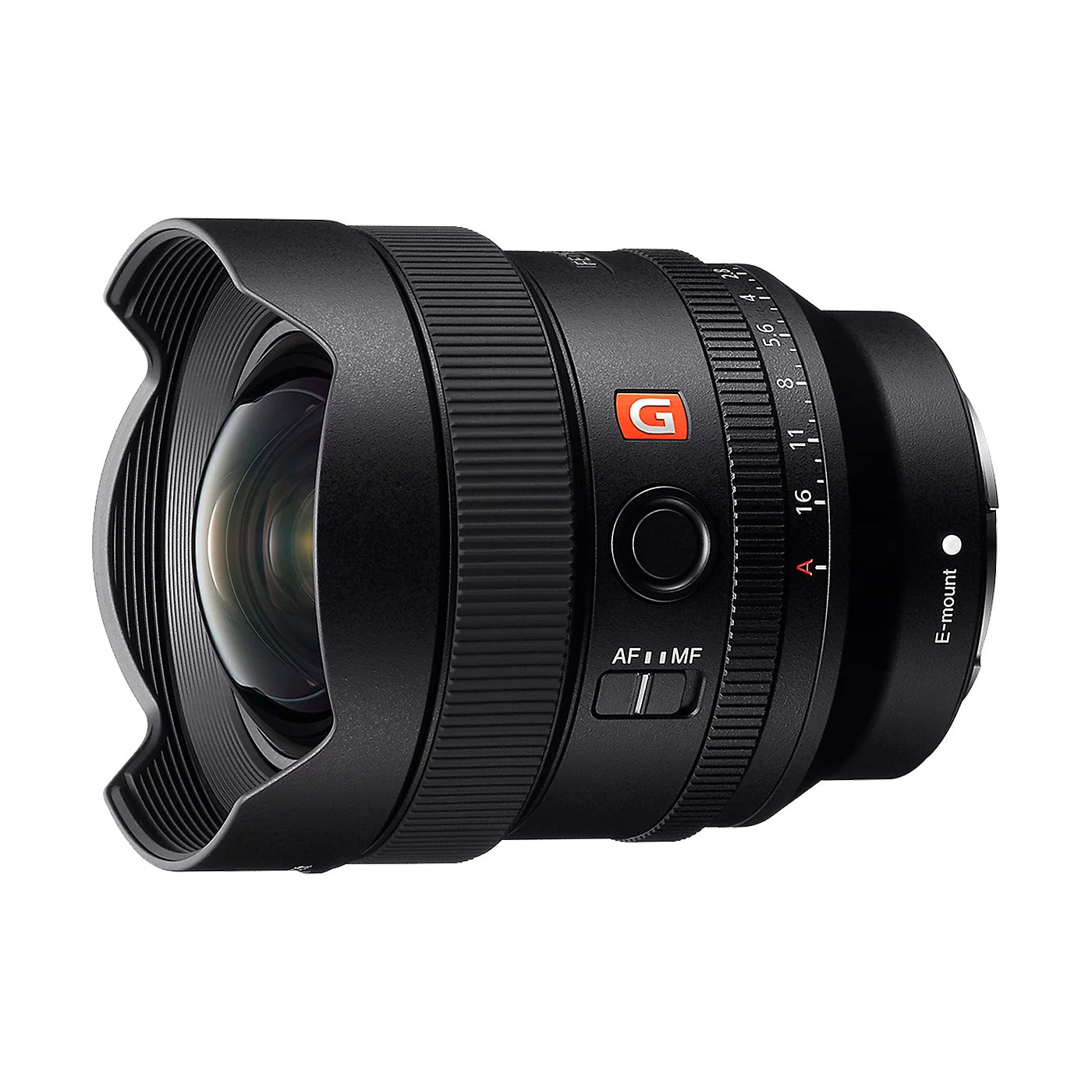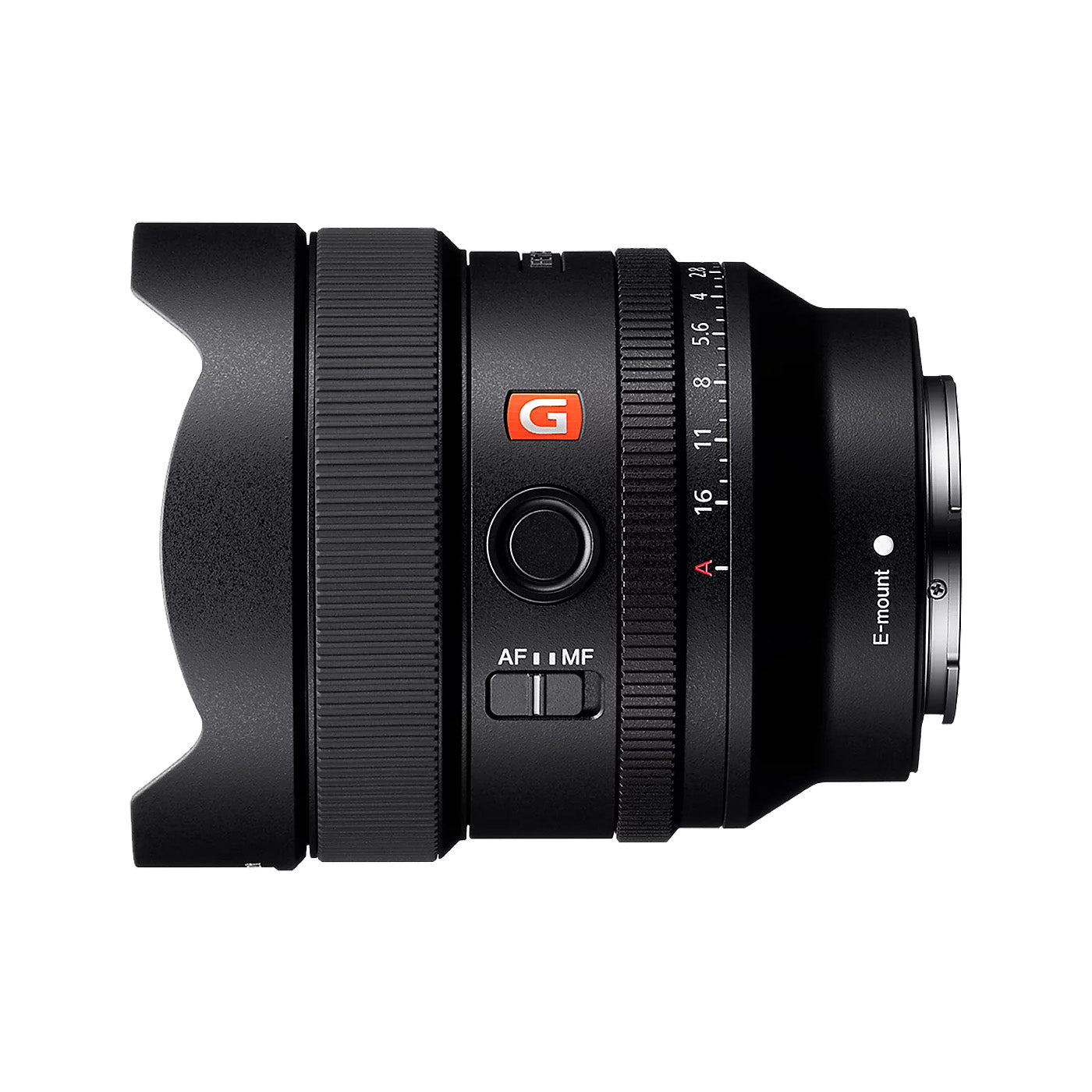Product Description
Sony FE 14mm f1.8 GM Lens: Unmatched Performance and Versatility
Elevate your photography with the Sony FE 14mm f1.8 GM Lens. Designed for Sony E-mount full-frame cameras, this lens offers an ultra-wide focal length with exceptional optical performance. With its fast f/1.8 aperture, advanced coatings, and robust construction, it’s perfect for everything from astrophotography to everyday snapshots. Experience the pinnacle of Sony's lens technology with the G Master line, where sharpness and bokeh quality are paramount. Capture every detail with precision and clarity, no matter the lighting conditions.

Key Features
- E-Mount Lens/Full-Frame Format: Designed for Sony E-mount cameras, this lens is perfect for full-frame sensors.
- Aperture Range: f/1.8 to f/16: Wide aperture range for versatile shooting options.
- Two XA Elements, One Super ED Element: Enhanced sharpness and reduced aberrations.
- Nano AR II and Fluorine Coatings: Minimized reflections and improved durability.
- XD Linear Motor AF, Internal Focus: Fast, precise autofocus with quiet operation.
- Physical Aperture Ring; De-Click Switch: Intuitive aperture control with option for smooth or clicked adjustment.
- Dust and Moisture-Resistant Construction: Reliable performance in challenging conditions.
- Rounded 9-Blade Diaphragm: Smooth, pleasing bokeh.

Fast Design and Refined Optics
As part of Sony's esteemed G Master line, the FE 14mm f1.8 GM Lens excels in optical performance, emphasizing both sharpness and bokeh quality. This lens offers remarkable versatility, delivering stunning results across various subject distances and aperture settings.

Superior Optical Design
- Two XA Elements: Extreme aspherical elements ensure high sharpness throughout the aperture range, effectively controlling astigmatism, field curvature, coma, and other spherical aberrations for precise rendering and low distortion.
- Aspherical Elements: Promote superior surface precision for exceptional image clarity.

Compact and Lightweight
The combination of multiple aspherical elements and advanced focusing motors allows for a truly compact and lightweight design, ideal for an ultra-wide focal length lens.
- One Super ED Element and Two Extra-Low Dispersion Elements: Minimize chromatic aberrations and colour fringing for improved clarity and colour neutrality.
- Nano AR Coating II: Reduces surface reflections, flare, and ghosting, enhancing contrast and colour fidelity in strong lighting conditions. This advanced coating is especially effective on larger, curved elements, minimizing internal reflections.

Excels in Low-Light Conditions
The f/1.8 maximum aperture makes this lens an exceptional choice for low-light shooting, such as astrophotography and timelapse photography requiring shorter shutter speeds.
- Optimized for Wide-Open Shooting: High-curvature XA elements minimize sagittal flare, ensuring cleaner and more accurate rendering of nighttime skies and point light sources.
Payment & Security
Your payment information is processed securely. We do not store credit card details nor have access to your credit card information.


















